Let’s kick things off with the basics. 290T Taffeta is a tightly woven, lightweight synthetic fabric known for its crisp texture, durability, and versatility. That "290T" isn't just some random number—it actually tells you a lot about how fine and dense this fabric is.
Taffeta has been around since medieval times. But 290T Taffeta? That’s the upgraded, high-performance version you'd find in jackets, tents, and fashion linings. It's sleek, strong, and surprisingly lightweight.
|
Parameter |
Details |
|
Also Known As |
High-density Taffeta, 290 Thread Count Taffeta, Lightweight Nylon/Polyester Taffeta |
|
Manufacturing Process |
Woven (Plain Weave), High-Density Weaving on Water Jet or Air Jet Looms |
|
Appearance |
Smooth, Crisp Surface, Semi-gloss or Matte Finish, Slight Rustling Sound |
|
GSM Range |
55 – 85 GSM |
|
Composition Range |
100% Polyester / 100% Nylon |
|
Construction Range |
290T = 290 threads per inch (approx. 145 warp × 145 weft) |
|
Functionality (Coating Options) |
TPU, PU, PA (Polyacrylic), AC (Acrylic), W/R (Water Repellent), PVC, PV (Polyvinyl), Milky/Color Coating |
|
Possible Yarn Count |
75D/72F, 75D/36F, 100D/144F (Denier/Filaments) |
|
Full Width |
57/58”, 59/60”, 71/73” |
|
Fabric Breathability |
Low to Moderate (depends on coating; PA-coated is more breathable than PU/PVC) |
|
Stretchability |
Non-stretch (unless spandex blended, which is rare for 290T) |
|
Prone to Pilling/Bubbling |
Low pilling risk; bubbling may occur if improperly heat-sealed or overcoated |
|
Country of Origin (with Year) |
France, First appeared as a silk weave in the 17th century; synthetic 290T variation developed in Japan, ~1960s |
|
Biggest Exporter (Qty) |
China – Approx. 160,000+ tons annually (Polyester taffeta category, includes 190T, 210T, 290T) |
|
Recommended Washing Temp. |
30°C – 40°C (Cold or lukewarm wash); avoid high heat drying |
|
Finishing Uses |
Antistatic, Flame Retardant, UV Resistant, IR Reflective, Milky Finish, Breathable PU for sportswear, Embossing for texture enhancement |
|
Common Applications |
Windbreakers, Raincoats, Sleeping Bags, Umbrellas, Linings (Jackets, Bags), Banners, Tents, Parachutes, Protective Covers, Sports Uniforms |
|
Dyeing Method |
Disperse Dye (for polyester), Acid Dye (for nylon) |
|
Shrinkage Rate |
Very Low (Less than 2%) |
|
Colorfastness to Rubbing |
Dry: 4/5, Wet: 3/4 (on standard grey scale, after finishing) |
|
Colorfastness to Washing |
4–5 (very good for synthetics) |
|
UV Resistance |
Moderate to High (with UV-resistant finishing) |
|
Tear Strength (Warp/Weft) |
~12–18 N (warp), ~10–15 N (weft) (depends on coating and fiber type) |
|
Abrasion Resistance |
>10,000 cycles (Martindale) |
|
Eco Options Available |
Yes – Recycled Polyester (rPET), Bio-based PU coating variants |
|
Moisture Wicking |
Poor (unless treated with hydrophilic coating or mesh lining backing) |
|
Air Permeability |
< 5 mm/s (heavily coated) or 20–40 mm/s (uncoated) |
Table Of Contents
Understanding the "290T" in Taffeta
Thread Count Explained
Here’s where it gets technical—but in a good way.
290T stands for 290 threads per square inch. That’s a fairly high count for synthetic woven fabrics. Most everyday taffeta falls between 190T and 300T, so 290T sits right near the upper end.
Why Thread Count Matters in Fabric Performance
A higher thread count means:
- Tighter weave
- Smoother texture
- More wind and water resistance
- Better coating adhesion
Simply put, 290T gives you a more robust surface compared to something like 190T Taffeta Fabric or 210T Taffeta Fabric.
Key Features of 290T Taffeta Fabric
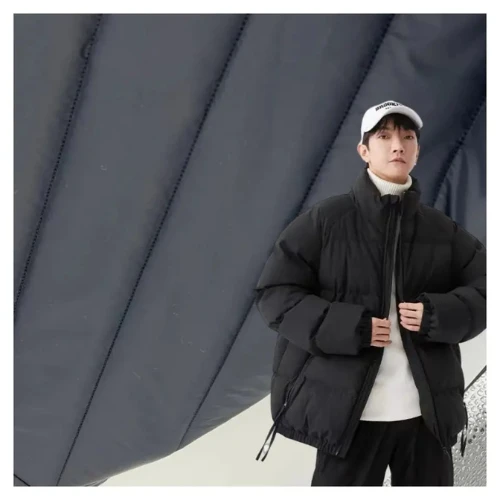
Appearance and Texture
290T taffeta shines—literally. The fabric has a semi-glossy surface, crisp hand feel, and slight rustling sound when moved. You’ve probably heard that iconic "swish-swish" from jackets or linings. Yep, that’s taffeta.
Composition and Construction
- Common fibers: 100% polyester or 100% nylon
- Weave: Plain weave, tightly packed
- Yarn: Often 75D or 100D filament yarns
This combo gives it a soft yet sturdy structure.
GSM Range and Weight
The typical GSM (grams per square meter) for 290T taffeta ranges from 55 to 85 gsm, depending on the fiber type and coating.
- Polyester 290T: 60–75 gsm
- Nylon 290T: Slightly lighter at 55–65 gsm
Despite the high thread count, it remains lightweight and packable.
Common Functional Coatings
290T taffeta gets jazzed up with coatings like:
- PU (Polyurethane) for water resistance
- PVC (Polyvinyl chloride) for more structure
- WR (Water Repellent) for outdoor use
- PA (Polyacrylic) for breathability balance
Popular Applications of 290T Taffeta
Outdoor and Sportswear
Raincoats, windbreakers, sleeping bags—290 Taffeta is a go-to. It holds up in wet and windy conditions without adding bulk. Backpacking? This fabric won’t weigh you down.
Linings and Fashion Use
You’ll find it lining winter jackets, formal dresses, and handbags. Its smooth texture makes it ideal for interiors where friction is an issue.
Industrial and Utility Applications
Tents, banners, and even protective covers use 290T. Its tight weave resists tearing, and with coatings, it becomes weatherproof.
Performance Properties
Water Resistance and Coatings
Without coatings, 290T is just water-resistant. But add a PU or PVC layer, and it becomes waterproof, withstanding hydrostatic pressure up to 1000mm.
Breathability and Comfort
Not all coatings allow the fabric to breathe. A PA or WR finish keeps it semi-breathable—okay for jackets, but maybe not for yoga wear.
Durability and Abrasion Resistance
Thanks to its dense weave, 290T taffeta stands up to over 10,000 rub cycles (Martindale test). It resists snagging better than looser fabrics like mesh or chiffon.
Advantages and Limitations
Pros of 290T Taffeta
- High strength-to-weight ratio
- Excellent water and wind resistance
- Smooth and stylish appearance
- Easy to dye and print
- Affordable synthetic alternative to silk
Cons to Keep in Mind
- Not naturally breathable
- Can be noisy or stiff
- May melt under high heat (careful with ironing)
- Coatings wear off over time if not treated
Final Thoughts
290T Taffeta isn’t your grandma’s fancy curtain fabric—it’s a powerhouse for both fashion and function. With its high thread count, light weight, and resistance to the elements, it's one of those materials that quietly does everything without needing the spotlight.
From sleek jackets to rugged tents, this fabric bridges the gap between durability and style. It's proof that good things really do come in tightly woven packages.
FAQs About 290T Taffeta Fabric
1. Is 290T taffeta waterproof?
It can be. Raw 290T taffeta is water-resistant, but when treated with PU or PVC, it becomes waterproof up to 1000mm or more.
2. What’s the difference between 210T and 290T taffeta?
290T has more threads per inch, meaning it’s smoother, denser, and better at resisting wind and water than 210T.
3. Can I use 290T taffeta for tents?
Yes, especially if it’s coated. It’s lightweight, strong, and packs down well, making it a popular choice for tent shells and rainflies.
4. How do you clean 290T taffeta fabric?
Use mild soap and cold water. Avoid high heat when drying or ironing. Coatings can degrade with strong detergents or heat.
5. Is 290T taffeta good for hot weather?
Not really. It’s better suited for wind or rain protection than ventilation. Choose fabrics with better airflow for hot climates.



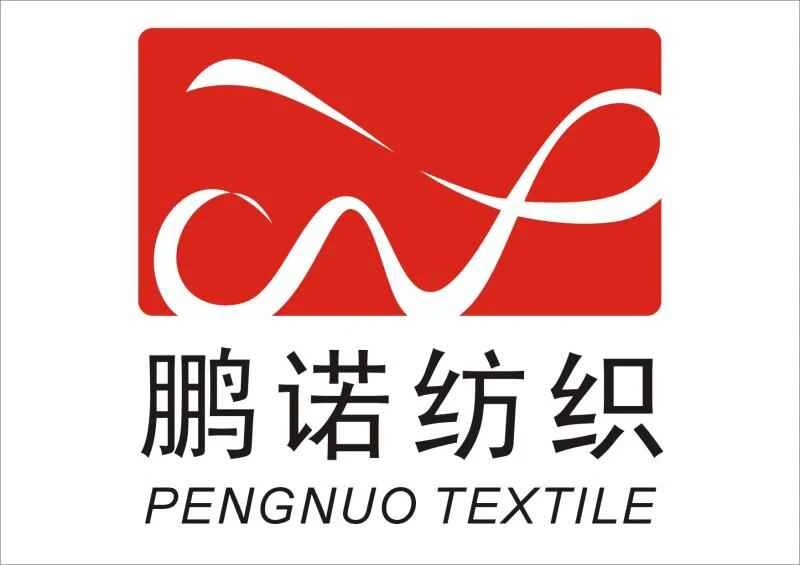

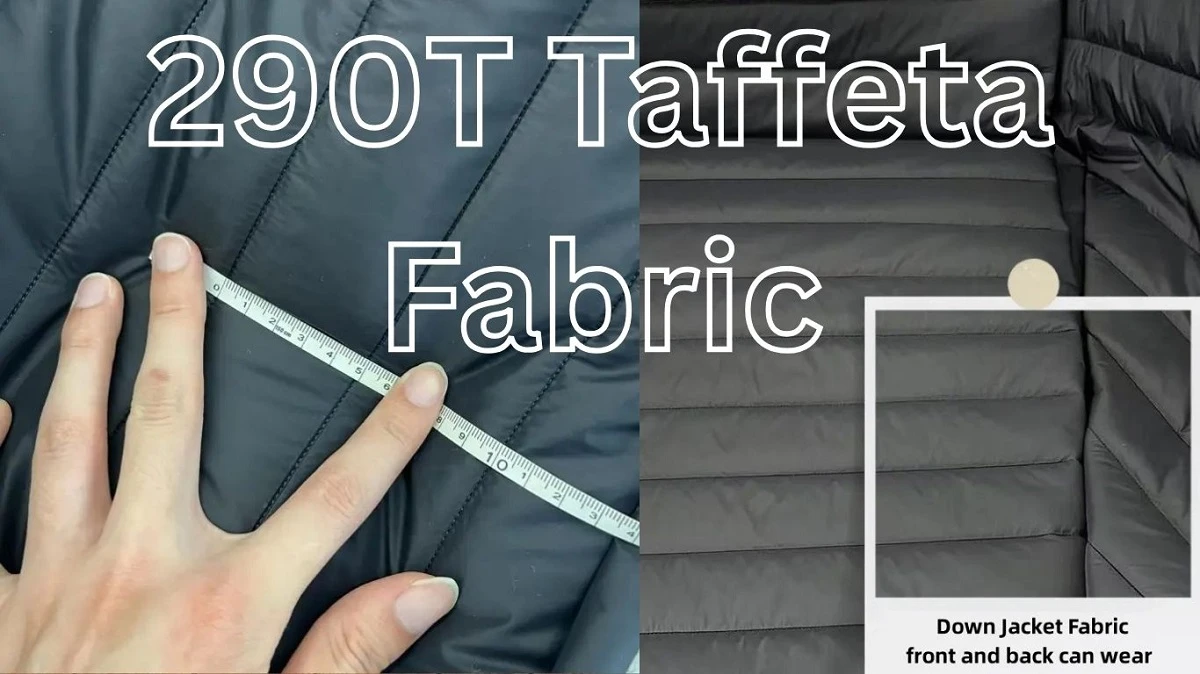
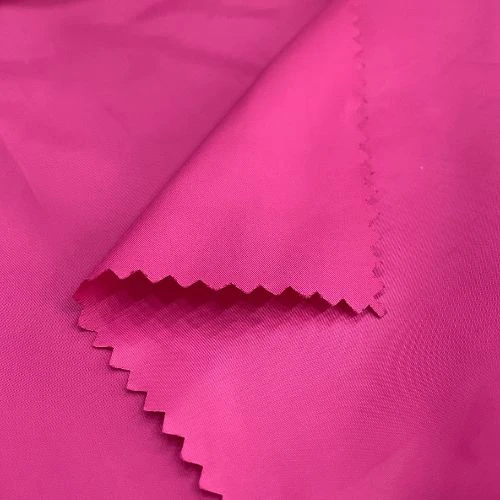
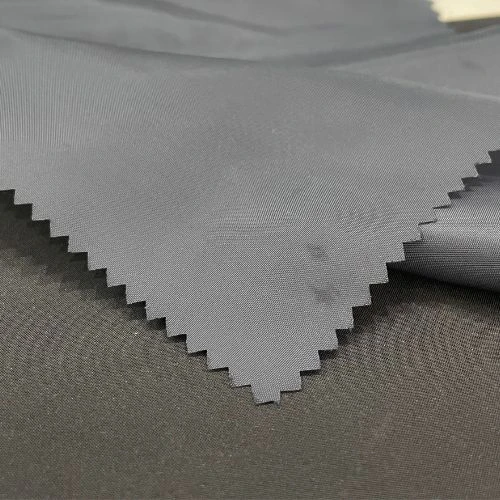
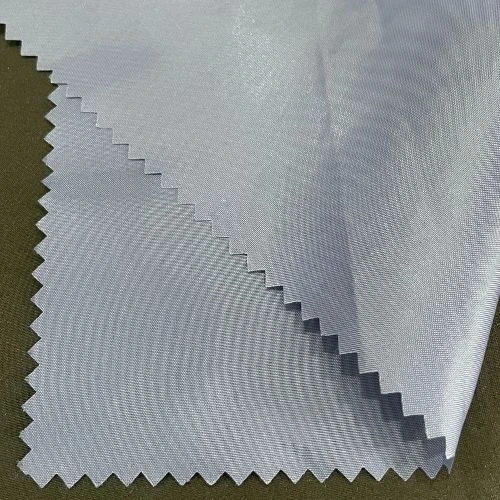

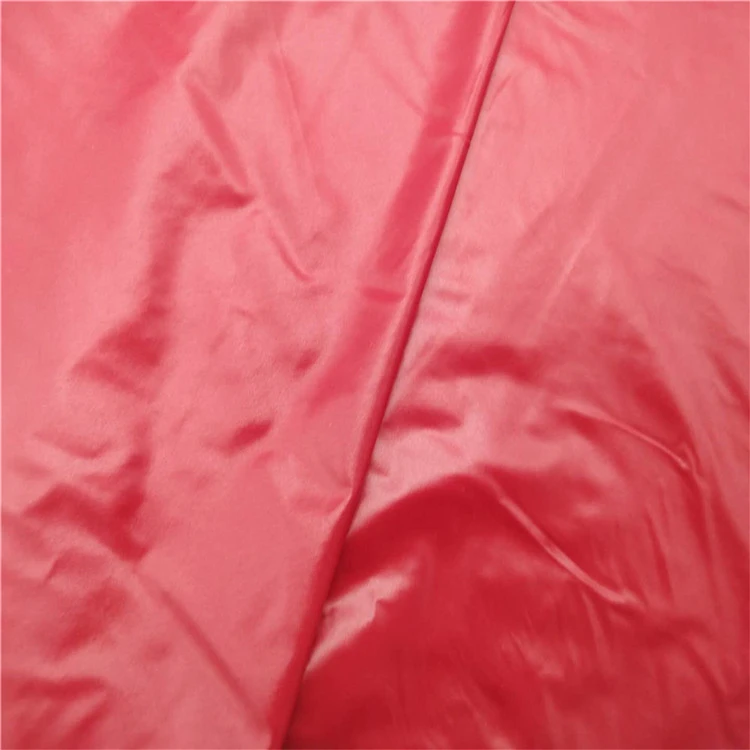
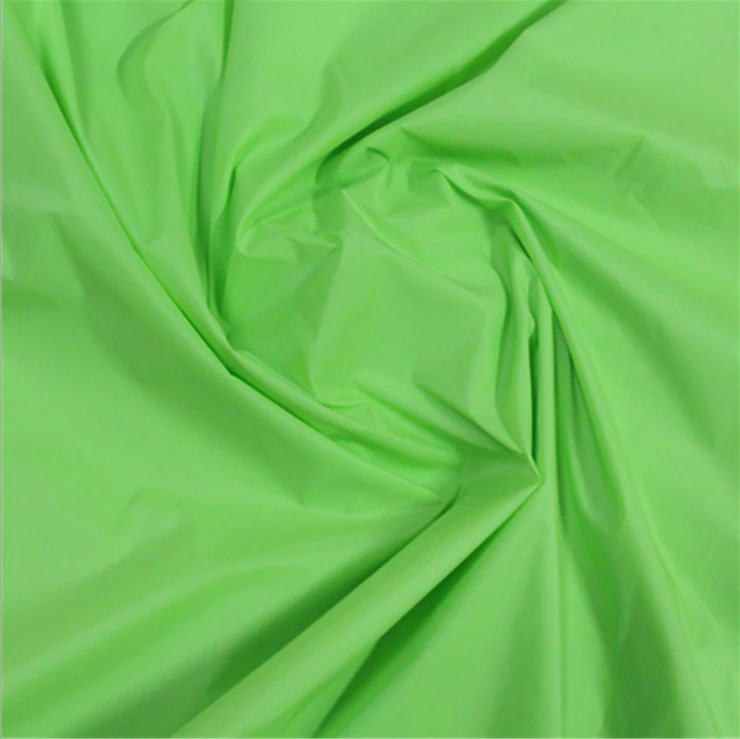
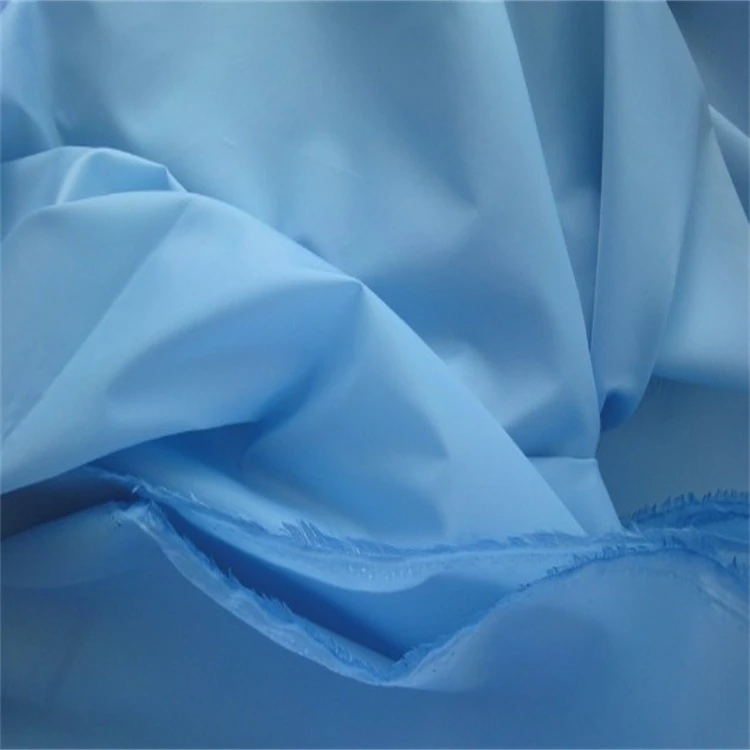
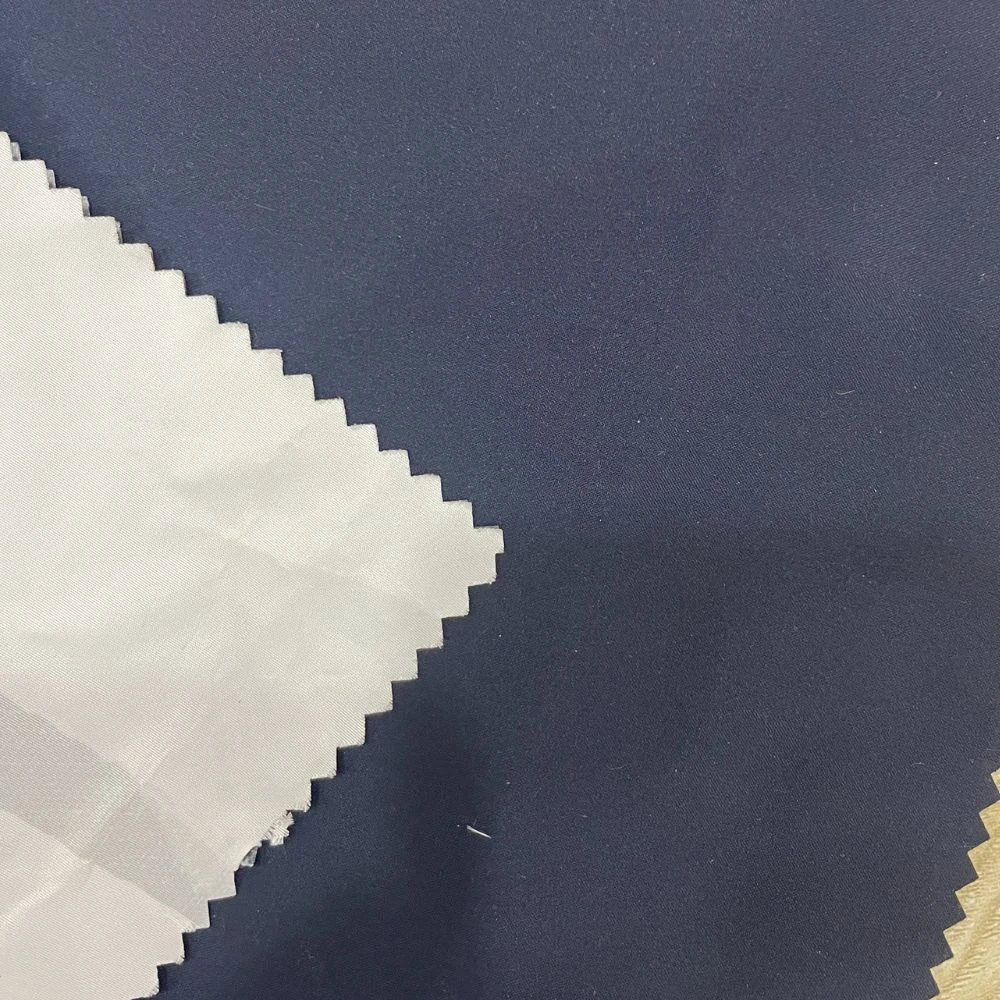
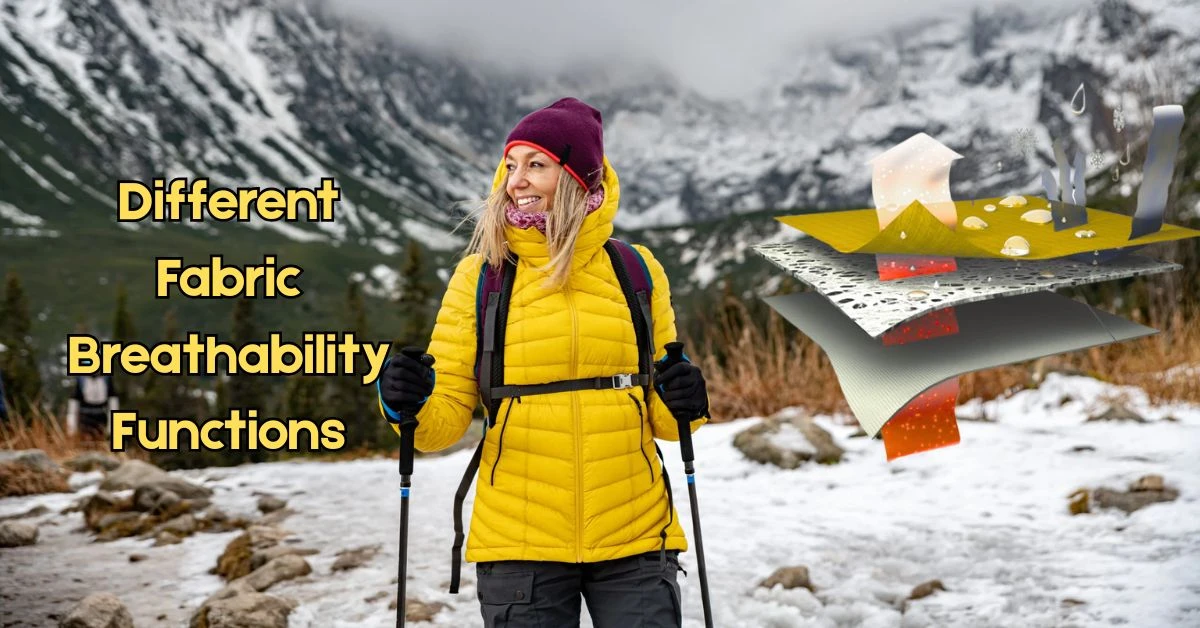
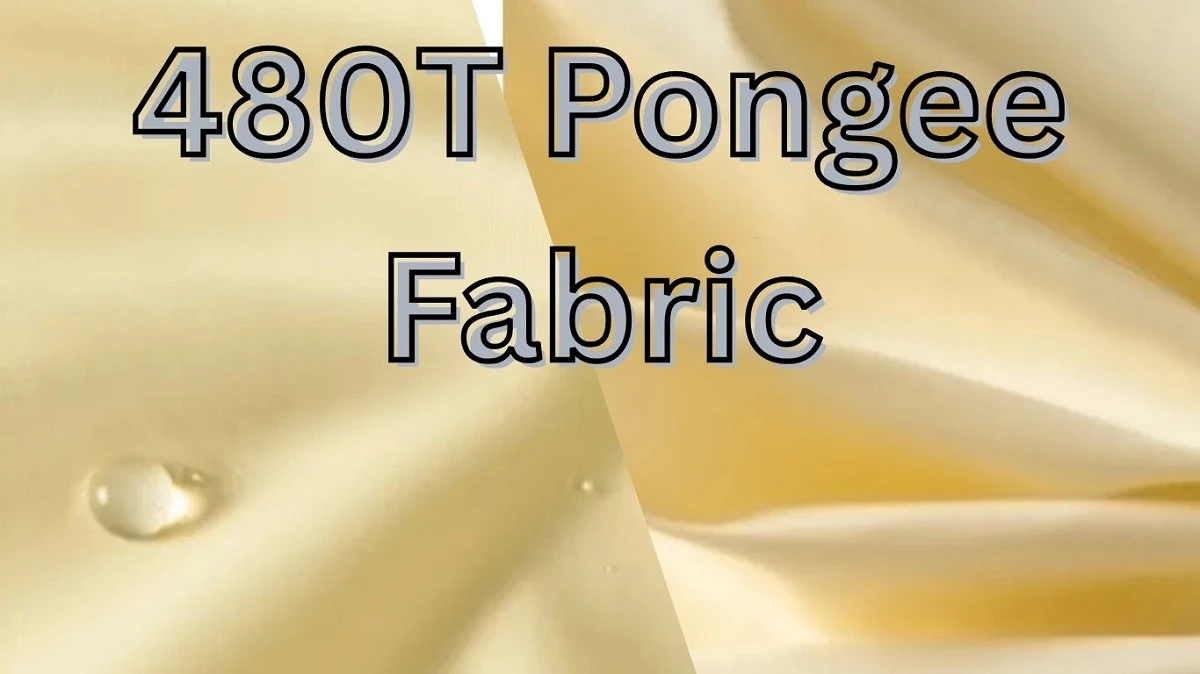
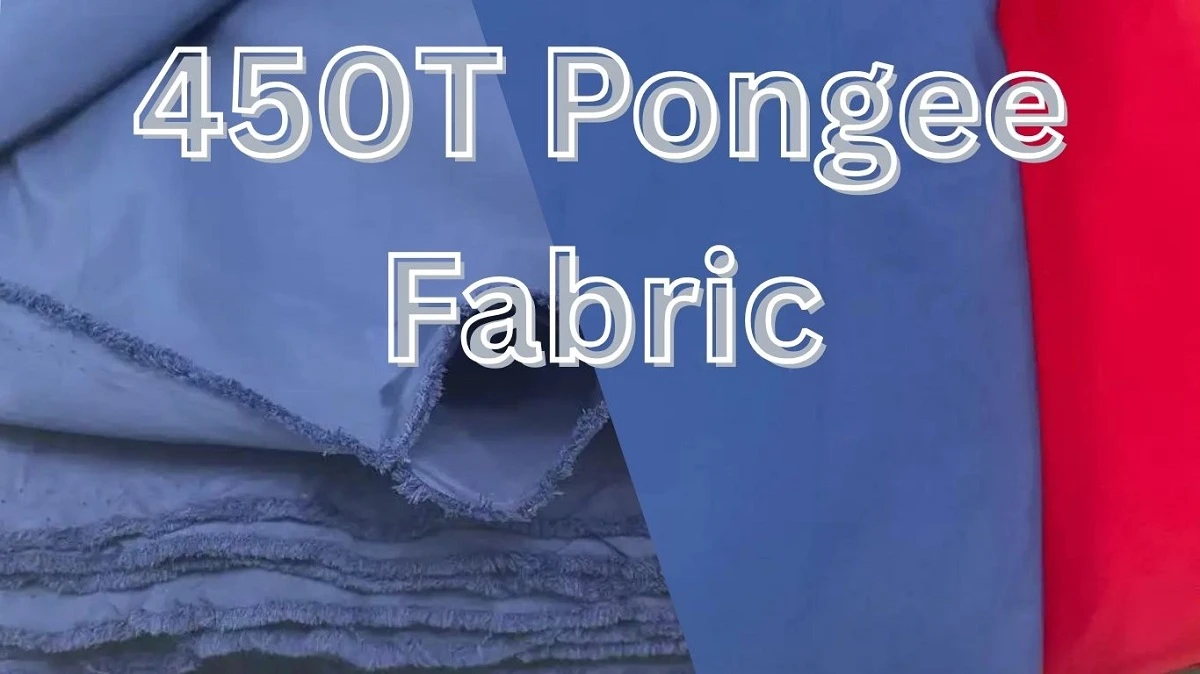
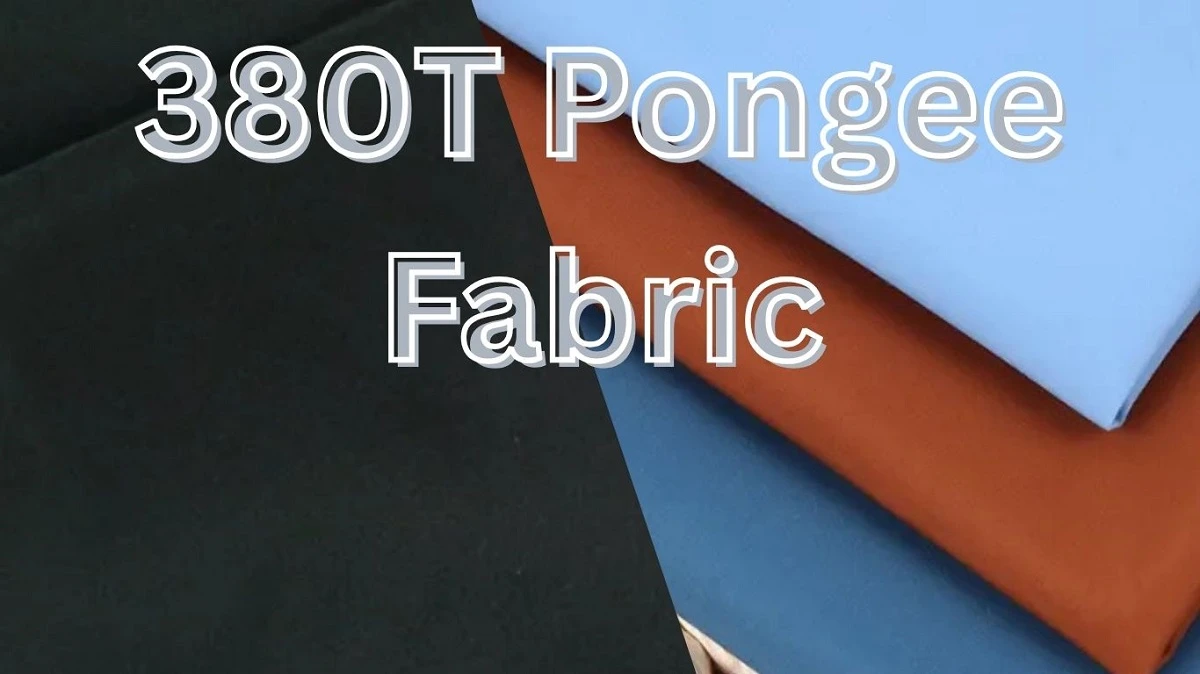
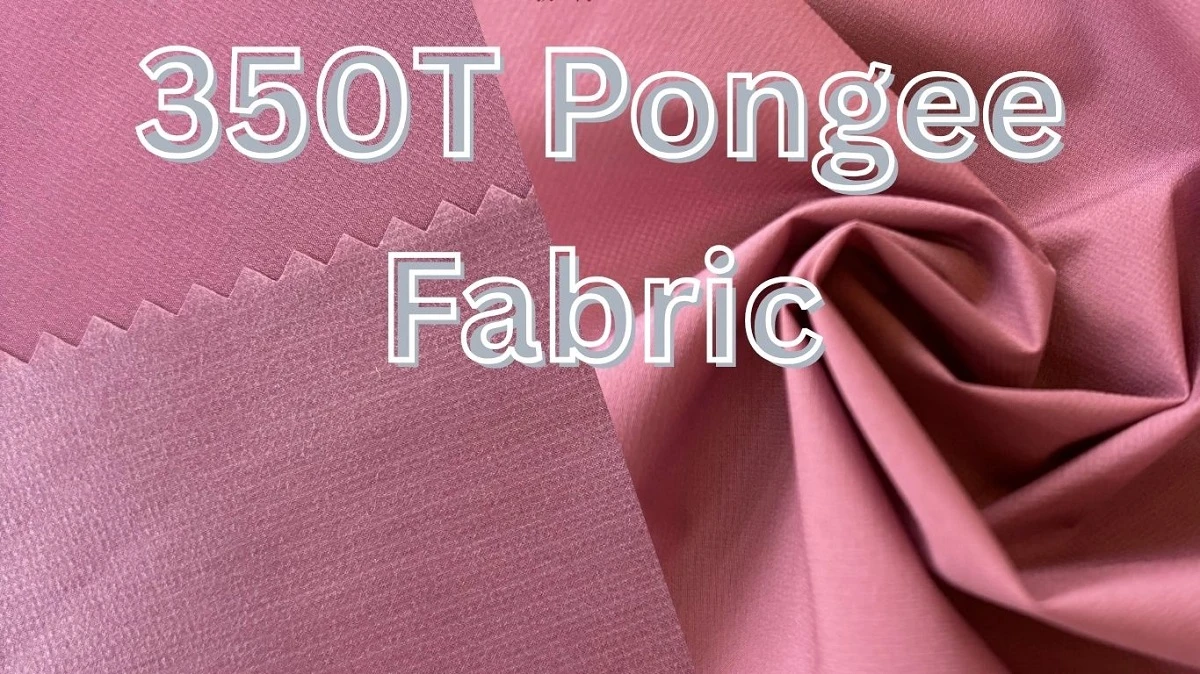
Comments - 00
Leave A Reply
Thanks for choosing to leave a comment.